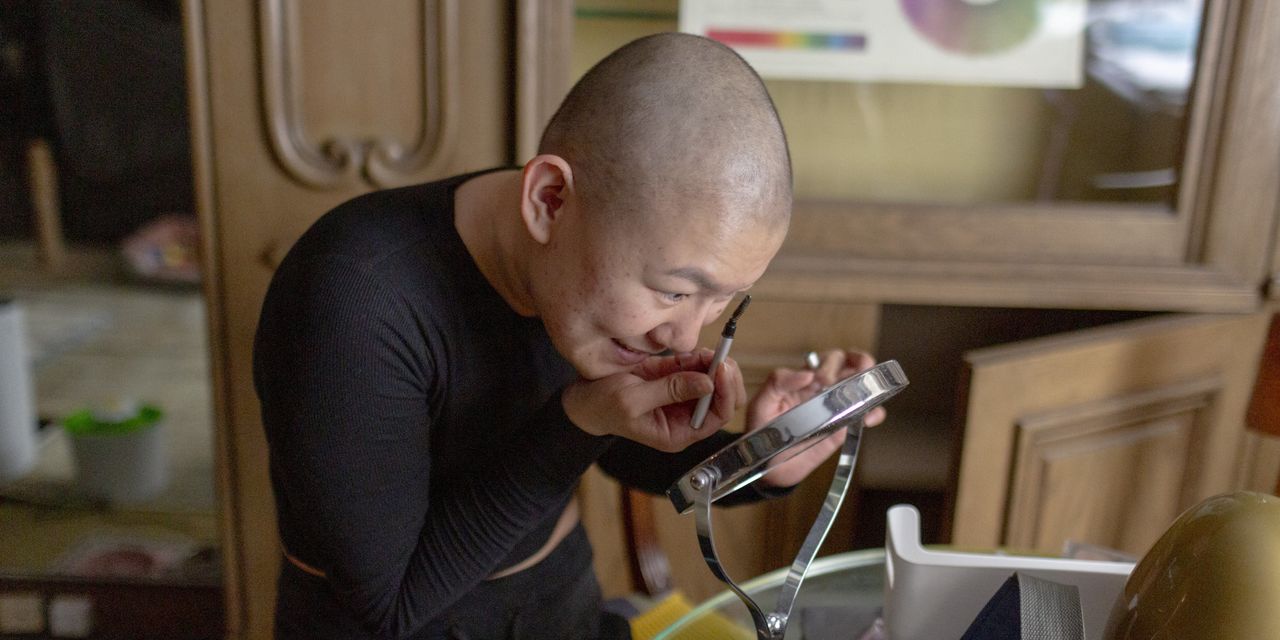Researchers are trying to figure out what is making more young adults sick, and how to identify those at high risk
Meilin Keen was studying for the bar exam and preparing to move to New York City last June when she started throwing up blood.
Keen, 27 years old, learned days later that she has gastric cancer. She postponed the bar exam. Brain fog from chemotherapy made it hard to do her legal work.
Surgeons removed her stomach in December. Keen is coming to terms with all that means for her diet, her health, even her dating life. “That’s a fun icebreaker: I don’t have a stomach anymore,” she said.
Cancer is hitting more young people in the U.S. and around the globe, baffling doctors. Diagnosis rates in the U.S. rose in 2019 to 107.8 cases per 100,000 people under 50, up 12.8% from 95.6 in 2000, federal data show. A study in BMJ Oncology last year reported a sharp global rise in cancers in people under 50, with the highest rates in North America, Australia and Western Europe.
Doctors are racing to figure out what is making them sick, and how to identify young people who are at high risk. They suspect that changes in the way we live—less physical activity, more ultra-processed foods, new toxins—have raised the risk for younger generations.



Stress & pollution with a sprinkle of COVID.
And a smattering of microplastics.